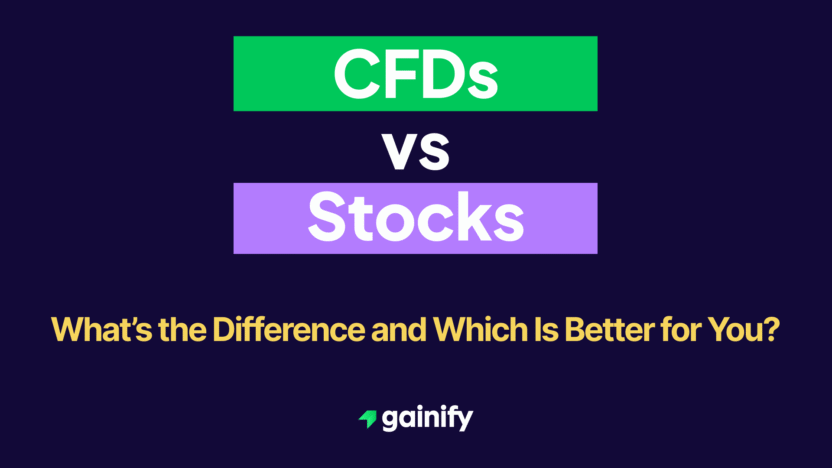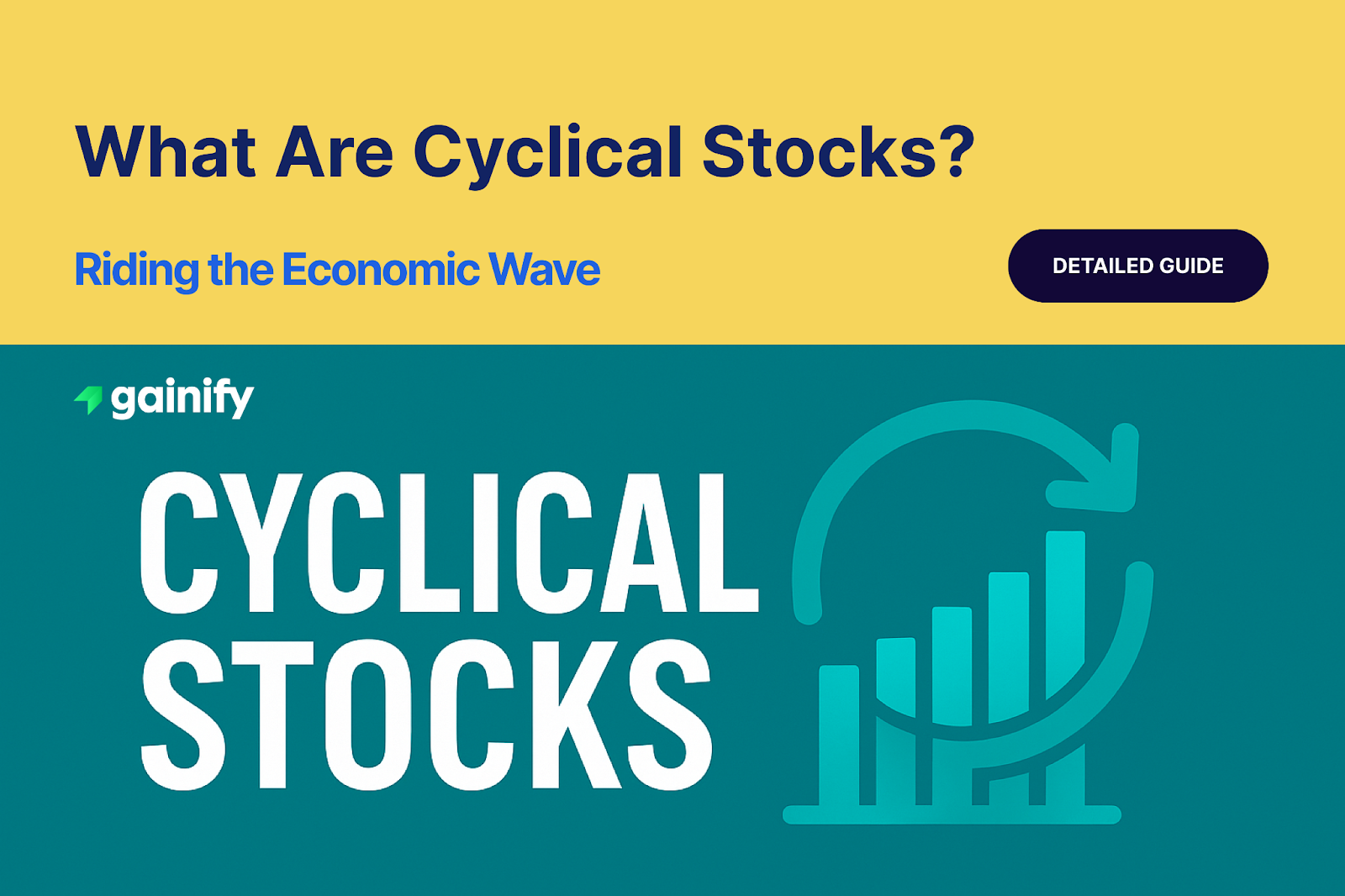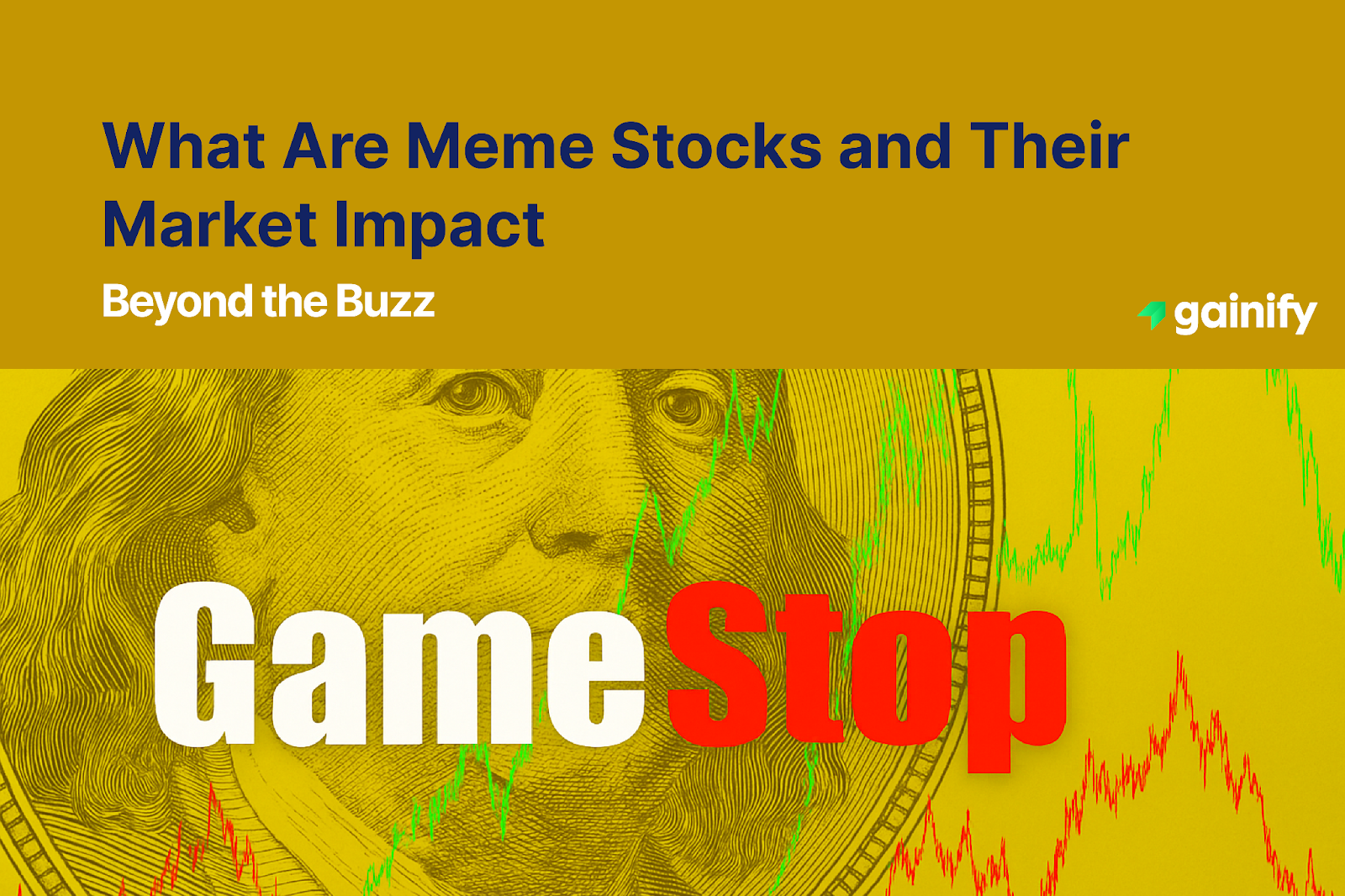Choosing how to approach the markets is one of the biggest decisions every trader or investor must make.
Two of the most common options are CFDs and stocks, each offering unique advantages, risks, and opportunities.
The choice between them affects everything from how much capital you need to how you manage risk, your potential returns, and even your trading psychology. Too many beginners jump in without understanding these differences, which often leads to costly mistakes.
This guide will walk you through what sets CFDs and stocks apart, when each makes sense, and how to decide which option fits your goals, timeline, and experience level. By the end, you’ll understand exactly how to match the right instrument to your trading or investing strategy.
What Are CFDs?
CFD stands for Contract for Difference.

When you trade a CFD (Contract for Difference), you do not buy or own the underlying asset such as a stock, index, or commodity. Instead, you agree with your broker to exchange the difference in the asset’s price between the time you open and close the trade.
If the price moves in your favor, you make a profit. If it moves against you, you take a loss.
When you go long (buy) and the price rises, you profit.
When you go short (sell) and the price falls, you profit.
CFDs can be used to trade a wide range of markets, including:
- Stocks
- Indices (such as the S&P 500)
- Forex pairs
- Commodities
- Cryptocurrencies
Example:
You open a CFD trade on Apple ($AAPL) at $180.
If the price increases to $190 and you close your position, you earn $10 per share (minus fees), even though you never owned Apple stock.
If the price decreases to $170 and you close your position, you lose $10 per share (plus fees), even though you never owned Apple stock.
What Are Stocks?
When you buy stocks (also called shares), you purchase a portion of ownership in a company. This makes you a shareholder, giving you certain rights and potential benefits.
As a shareholder, you may:
- Vote at shareholder meetings
- Receive dividends if the company distributes profits
- Benefit from long-term company growth and an increase in share value
You can hold stocks for as long as you choose, and your profit or loss typically comes from:
- Price appreciation as the company’s value increases over time
- Dividend payments made by the company to its shareholders
Example:
You purchase 10 Apple shares at 180 dollars each, for a total investment of 1,800 dollars.
If Apple’s share price rises to 190 dollars, your holdings are worth 1,900 dollars, giving you a profit of 100 dollars.
If the price falls to 170 dollars, your holdings are worth 1,700 dollars, resulting in a loss of 100 dollars.
If Apple pays dividends, you also receive those payments as income.
CFDs vs. Stocks: Key Differences
Feature | CFDs | Stocks |
Ownership | No ownership of the underlying asset | You own part of the company |
Leverage | Yes (often up to 1:5 or more for retail traders) | No leverage (you pay the full price) |
Short Selling | Easy to go long or short | Short selling is harder and may require a margin account |
Adjusted via cash settlement | Paid directly to shareholders | |
Trading Hours | Often extended (depending on broker) | Limited to market hours |
Holding Period | Usually short-term | Can be short, medium, or long-term |
Costs | Spread, overnight financing, commissions | Brokerage fees, custody fees (if any) |
Regulation & Risk | Higher risk due to leverage | Lower risk, better investor protection |
Advantages of CFD Trading
✅ Leverage
CFDs allow traders to control larger positions with a smaller amount of capital. This provides greater market exposure without needing to commit the full trade value. However, leverage should be used carefully, as it can increase both profits and losses.
✅ Flexibility
CFDs make it possible to profit from both rising and falling markets. You can open a long position if you expect prices to rise, or a short position if you expect them to fall. This flexibility allows traders to take advantage of different market conditions.
✅ Global Market Access
A single CFD trading account provides access to a wide range of markets, including equities, indices, forex, commodities, and cryptocurrencies. This broad access can help diversify your trading strategy and reduce reliance on a single asset class.
✅ Tax Efficiency in Some Regions
In certain jurisdictions, such as the United Kingdom, CFD traders are not required to pay stamp duty because they do not own the underlying asset. This can improve trading efficiency, although other taxes may still apply depending on local regulations.
Disadvantages of CFD Trading
⚠️ Leverage Risk
Leverage magnifies both gains and losses. Even small market movements can have a large impact on your account balance, which makes risk management essential when trading CFDs.
⚠️ Overnight Financing Costs
CFDs are typically short-term trading instruments. Holding a position overnight often incurs financing charges, which can add up and reduce overall profitability if trades are kept open for long periods.
⚠️ No Ownership of the Underlying Asset
When trading CFDs, you do not actually own the shares, currencies, or commodities being traded. This means you do not receive shareholder rights, voting privileges, or direct dividend payments.
⚠️ Counterparty and Broker Risk
CFD trading takes place through brokers rather than on a central exchange. This introduces counterparty risk, meaning your ability to close or settle a trade depends on the broker’s financial stability and operational integrity.
Which Is Better: CFDs or Stocks?
It depends on your goals and risk tolerance.
- Choose CFDs if you want short-term trading opportunities, flexibility to go long/short, and are comfortable managing risk with leverage.
- Choose Stocks if you want long-term ownership, dividends, and a lower-risk way to grow wealth steadily.
Example Comparison
Trader Type | Best Option | Why |
Day Trader | CFDs | Can profit from small daily moves, both directions |
Swing Trader | CFDs or Stocks | Depends on leverage preference |
Long-Term Investor | Stocks | Ownership, dividends, compounding |
High-Risk, High-Reward Trader | CFDs | Leverage & volatility exposure |
Retirement Saver | Stocks | Long-term stability and dividends |
Final Thoughts
Both CFDs and stocks have a place in modern investing — but they serve different purposes.
CFDs are for active traders seeking flexibility and leverage, while stocks are for investors building long-term wealth.
Before trading CFDs, always understand the risks, use stop-loss orders, and never trade with money you can’t afford to lose.




